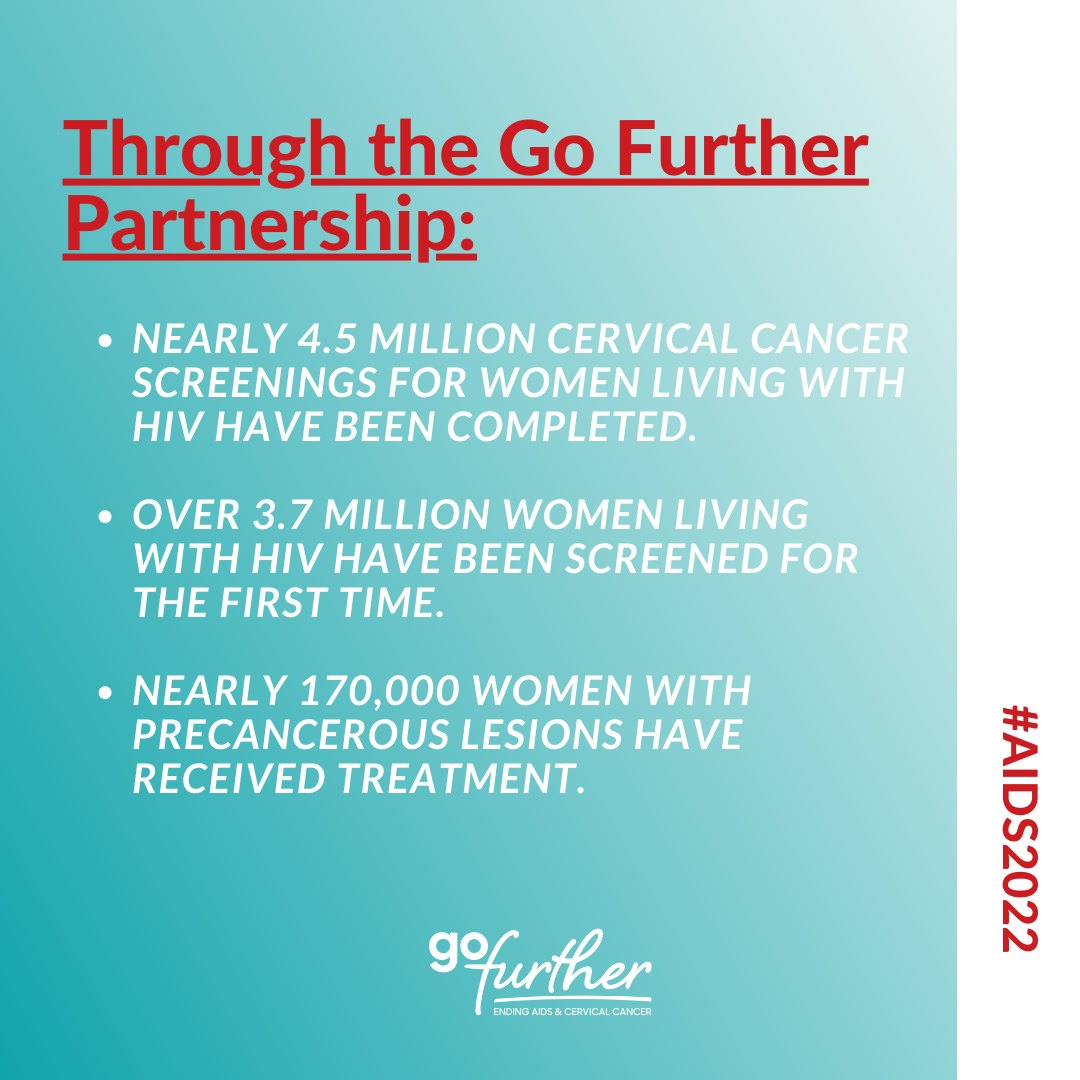Cities known for great quality of life outperform other cities for inclusive prosperity and opportunity.
Cities known for great quality of life outperform other cities for inclusive prosperity and opportunity. It’s no coincidence: Affordable quality of life increasingly shapes where talented people choose to live, which attracts employers and promotes prosperity in cities that get it right.
Fully 21 of the top 25 metros on U.S. News and World Report’s annual “Best Places to Live” survey, released last week, also rank as “cities of opportunity,” based on research from the Bush Institute-SMU Economic Growth Initiative.
They include several large metros with well-established quality-of-life reputations like Austin, Texas; Raleigh; and Nashville; localities known for natural beauty like Boise, Idaho; Boulder, Colorado; Fayetteville-Springdale-Rogers, Arkansas; and Sarasota-Bradenton, Florida; and metros in less glamorous locations like Des Moines, Iowa, and Albany, New York. Only one “city of opportunity” in Bush Institute-SMU Economic Growth Initiative research – Las Vegas – was in the bottom third on the U.S. News “best places” list.
Quality-of-life factors like people’s well-being, air quality, public safety, and outdoor amenities made up half the composite score in the U.S. News rankings of America’s 150 largest metro areas, with the remaining quarters coming from affordability and job markets. The Bush Institute-SMU Growth Initiative took a different approach, identifying 64 high-performing metros based on living standards adjusted for local housing costs, upward mobility as defined by Harvard University economist Raj Chetty’s Opportunity Insights group, and net inbound migration from elsewhere in the United States.
The similar findings pose an obvious question: Why is a city’s ranking for affordable quality of life so predictive of how it performs as an engine of opportunity for people living there?
Recent migration patterns point to the answer. Nineteen of the 25 top-ranking metros on the U.S. News list saw net inbound migration from elsewhere in the United States between 2010 and 2020. In 11 of these places, the pace of in-migration accelerated from already-high levels after 2020, when America’s experiment with remote work vividly demonstrated where Americans choose to live when given the chance.
All but four of the 50 bottom-ranking metros experienced net out-migration from 2010 to 2020. For example, New York, Los Angeles, and Philadelphia – some of the largest low-performers on affordable quality of life – saw dramatic accelerations in outflows after the COVID-19 pandemic began.
And a handful of metros long known for quality of life experienced both large declines over the last three years in their U.S. News rankings and startling migration reversals. Minneapolis-St. Paul, Seattle, and Portland, Oregon – each of which has witnessed widely covered social unrest and controversial shifts in public safety policies – fell from sixth, ninth, and eighth in the 2019 “best places” list to 27th, 36th, and 22nd in 2022. All three saw significant net out-migration from 2020 to 2021, after net inflows over the previous decade.
In most of these metros, migration patterns seem to have had important consequences for local “skill” levels, since people with relatively high educational attainment are most likely to move long-distance.
Twenty-three of the 25 top-ranking metros on the “best places” list outperformed most other metros when it came to increasing their education levels – measured by population shares with a bachelor’s degree or higher. All but a handful of the bottom-performing 50 metros saw smaller-than-average increases in education levels.
Cities with high education levels tend to enjoy higher household incomes and economic mobility rates – including for people with lower educational attainment. They’re also magnets for firms looking to relocate or expand in places where they can find the skilled workforce they need, which is why metros like Austin, Raleigh, and Boulder have been so successful in attracting businesses in recent years.
The takeaway for all U.S. cities: Focus on delivering affordable quality of life for residents. Other priorities like improving education and becoming a great place to do business are vital as well, but cities will only thrive if people enthusiastically choose to live and work there.































